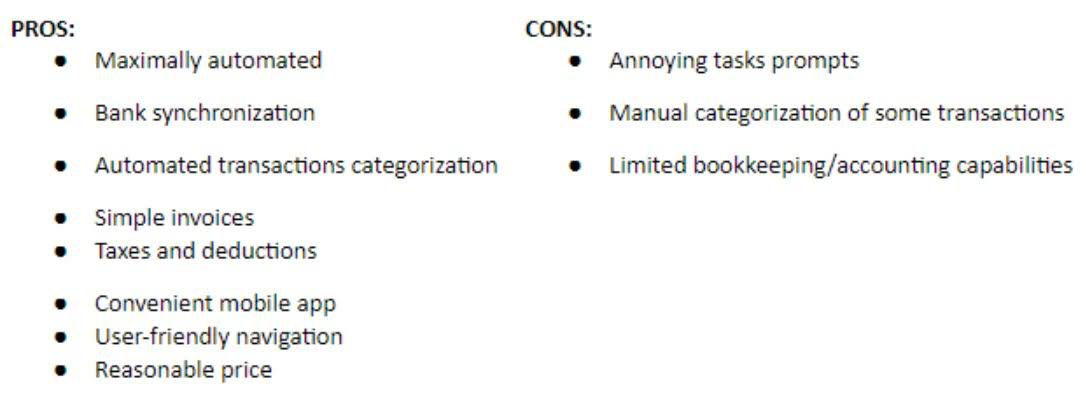Absorption Costing vs Variable Costing What’s the Difference?

Therefore, understanding the various costing methods and their implications is essential for maintaining the integrity of financial statements and achieving business success. Absorption costing is linking all production costs to the cost unit to calculate a full cost per unit of inventories. This costing method treats all production costs as costs of the product regardless of fixed cost or variance cost. It is sometimes called the full costing method because it includes all costs to get a cost unit.
We and our partners process data to provide:

The reason is that the fixed manufacturing overhead cost is not treated the same way under two costing methods. The choice between absorption costing and variable costing can have significant implications for decision-making within an organization. Absorption costing may be more suitable for companies that have a high proportion of fixed manufacturing overhead costs and stable inventory levels.
Marginal Costing vs. Absorption Costing Explained in Video
Therefore, ending inventory under absorption costingincludes $600 of fixed manufacturing overhead costs ($0.60 X 1,000units) and is valued at $600 more than under variable costing. Absorption costing is an essential accounting method that provides businesses with a detailed view of total costs. By including fixed manufacturing overhead, variable manufacturing overhead, and direct materials cost, this method ensures accurate product pricing and proper financial reporting. If absorption costing is the method acceptable for financial reporting under GAAP, why would management prefer variable costing? Advocates of variable costing argue that the definition of fixed costs holds, and fixed manufacturing overhead costs will be incurred regardless of whether anything is actually produced.
Cost Variance Analysis
Public companies are required to use the absorption costing method in cost accounting management for their COGS. Many private companies also use this method because it’s GAAP-compliant and variable costing is not. Absorption costing can cause a company’s profit level to appear better than it actually is during a given accounting period. This is because all fixed costs are not deducted from revenues unless all of the company’s manufactured products are sold. In addition to skewing a profit and loss statement, this can potentially mislead both company management and investors.
Absorption of Overheads
Absorption costing and variable costing are two different methods used for calculating the cost of producing goods or services. Absorption costing includes all manufacturing costs, both fixed and variable, in the cost of a product. This means that fixed costs, such as rent and salaries, are allocated to each unit produced. On the other hand, variable costing only includes the variable costs, such as direct materials and direct labor, in the cost of a product. Fixed costs are treated as period expenses and are not allocated to individual units.
Calculating the Cost per Unit with Activity-Based Costing

Absorption costing aligns with the matching principle used in accrual accounting. The result of this calculation gives you the absorption cost for one unit. Once you complete the allocation of these costs, you will know where to put these costs in the Income Statements. Tools like Katana help address these challenges, providing real-time insights into inventory, assisting with inventory optimization, offering scenario analysis tools, and automating cost tracking. She holds a Bachelor of Science in Finance degree from Bridgewater State University and helps Bookkeeping vs. Accounting develop content strategies. Deskera Books will assist in inventory management, automate inventory tracking and their insights.
- Repeat this three-step procedure for each component in the absorption costing formula, ensuring that all costs are fully incorporated into the product’s total manufacturing cost.
- Carefully monitoring changes in production volume is vital for accurate cost allocation in absorption costing.
- It aims to clarify the principles, advantages, and disadvantages of each method, helping businesses and accounting professionals make informed decisions.
- The accountant’s entire business organization needs to understand that the costing system is created to provide efficiency in assisting in making business decisions.
- Absorption costing provides a more accurate reflection of the total cost of production, including fixed overhead costs.
- Absorption costing takes into account all of the costs of production, not just the direct costs, as is the case with variable costing.
Accurately assigning fixed overhead costs and variable manufacturing overhead is essential to prevent distorted product costs. Ensure that both direct costs like direct materials and indirect costs are correctly allocated to each unit produced. Absorption costing is a crucial managerial accounting method that captures all manufacturing costs involved in producing a product. It includes direct materials, direct labor, fixed manufacturing overhead, and variable manufacturing overhead, providing a full picture of production costs. Absorption costing can skew absorption costing formula a company’s profit level due to the fact that all fixed costs are not subtracted from revenue unless the products are sold.
- Take, for instance, the hypothetical apparel company producing scarves and dresses from the same material in the same facility.
- Variances are calculated by comparing actual costs to standard costs, allowing businesses to identify inefficiencies and take corrective actions.
- It provides a holistic view of expenses involved in manufacturing goods.
- The total Cost of Goods Sold (COGS) for the month is then $6.50 multiplied by the 8,000 coats sold, resulting in $52,000.
- Under absorption costing, fixed manufacturing overhead costs are included in the cost of inventory, whether it is finished goods, work-in-progress, or raw materials.
- Thus, it is less costly and less complicated as compares to the ABC method.
- By including fixed manufacturing overhead, variable manufacturing overhead, and direct materials cost, this method ensures accurate product pricing and proper financial reporting.
Understanding Absorbed Cost
(g) This cost-finding technique results in the under-or over-absorption of industrial overhead. Some of them, such as CARES Act foreman’s salary, factory rent, maintenance of plant, municipal taxes, depreciation, insurance of plant, etc., remain fixed over wide ranges of output. Comparisons may contain inaccurate information about people, places, or facts.

Each is being produced in equal proportion, and the company is fully able to meet customer demand from existing capacity (i.e., producing more will not increase sales). The company is not incurring any variable costs relating to selling, general, and administration efforts. While absorption costing is mandatory for external reporting under GAAP and for tax reporting by the IRS, leveraging other costing methods can be beneficial for specific internal business insights. Choose a solution like NetSuite that accommodates both, giving you the best of both worlds. When it comes to the pros and cons of absorption costing, it’s essential to consider the relevance for inventory management.
